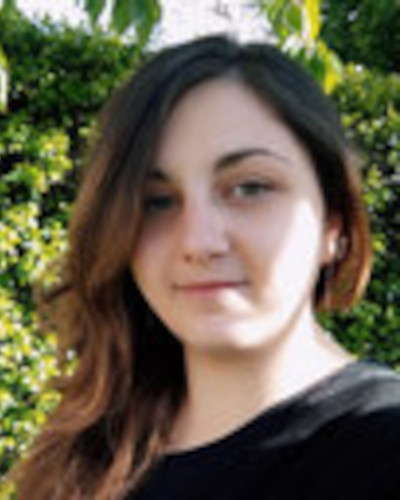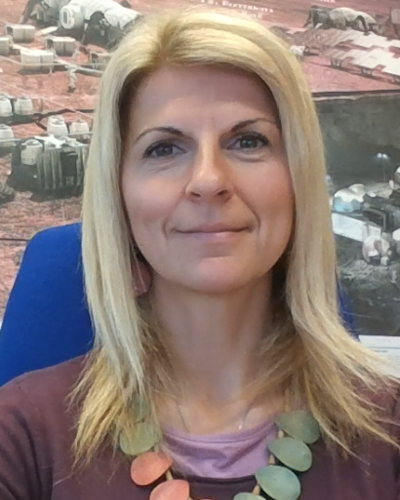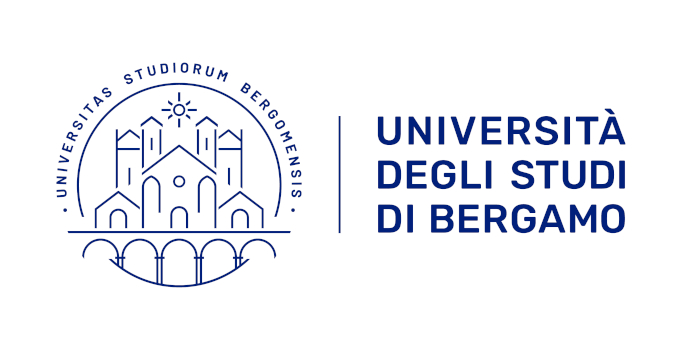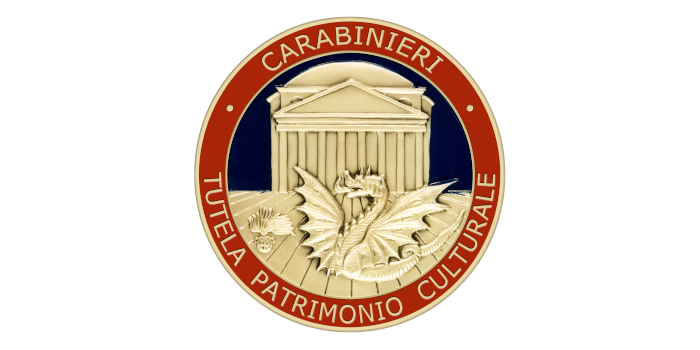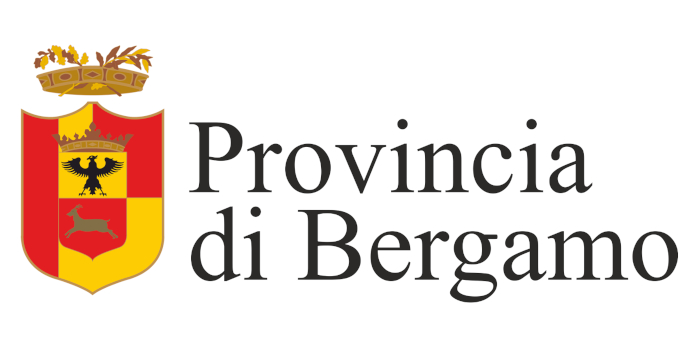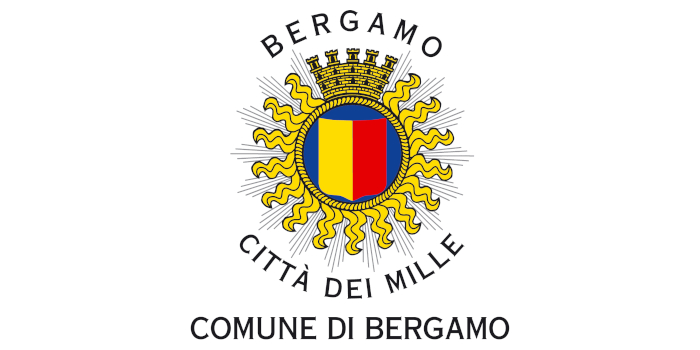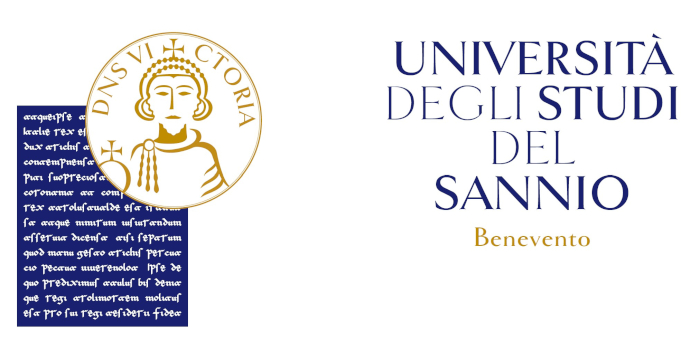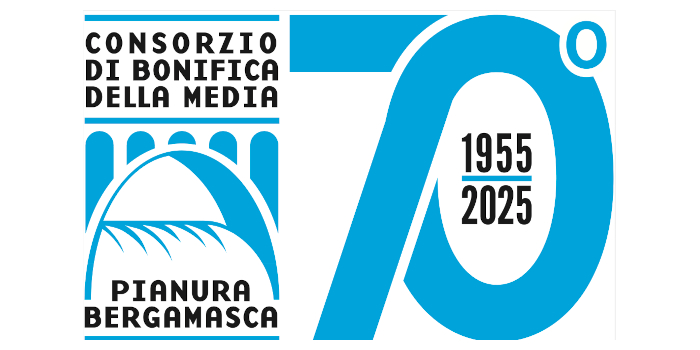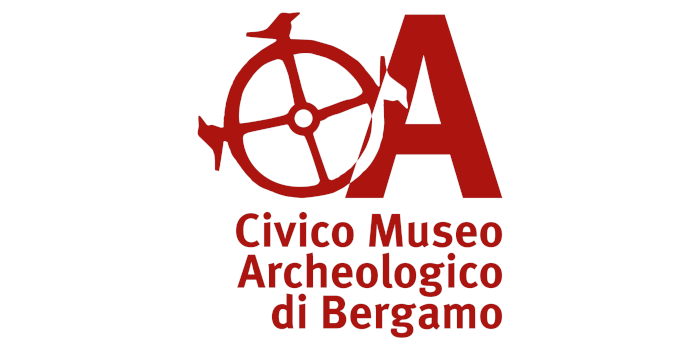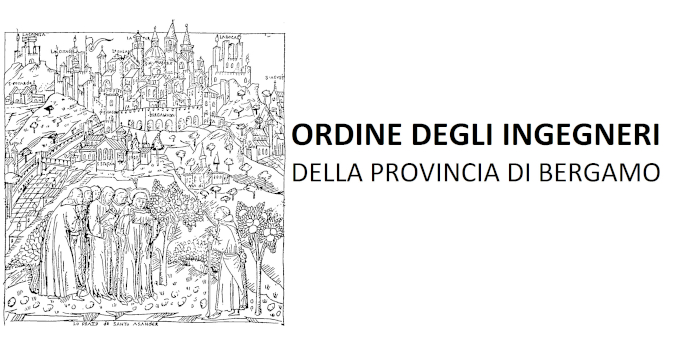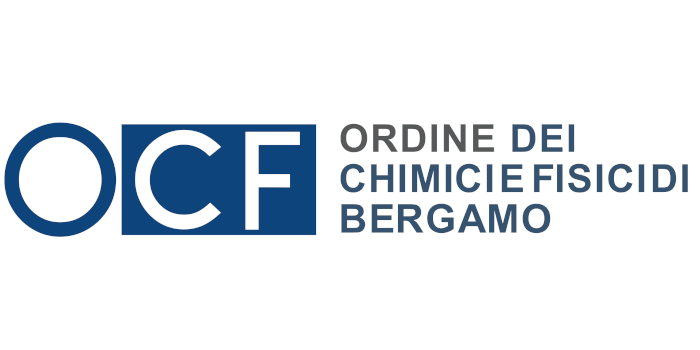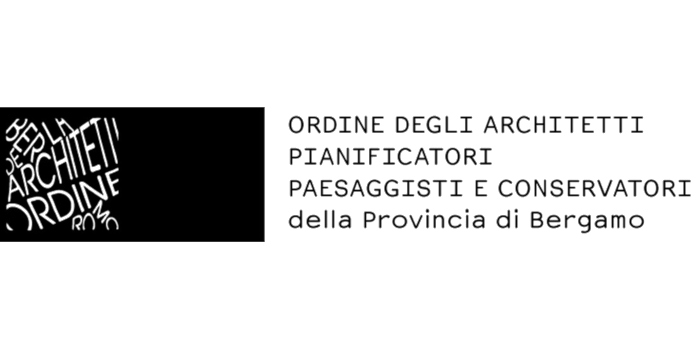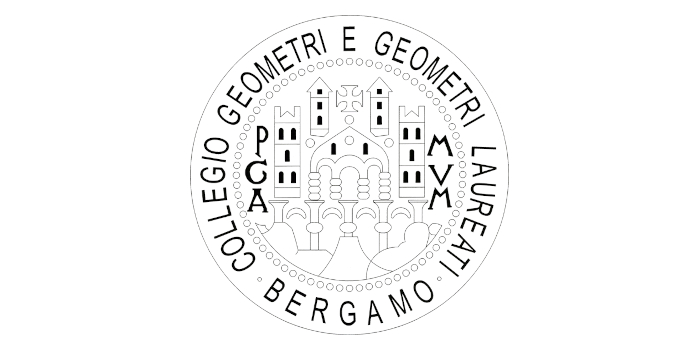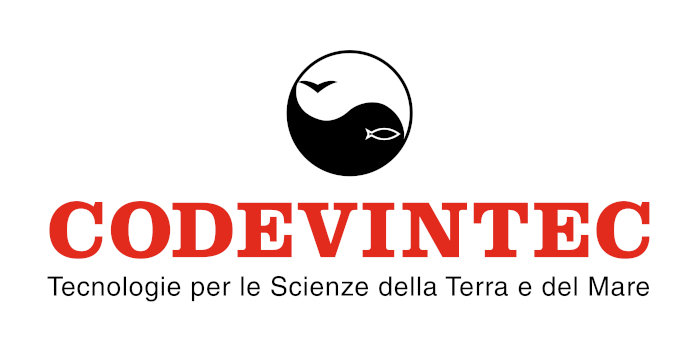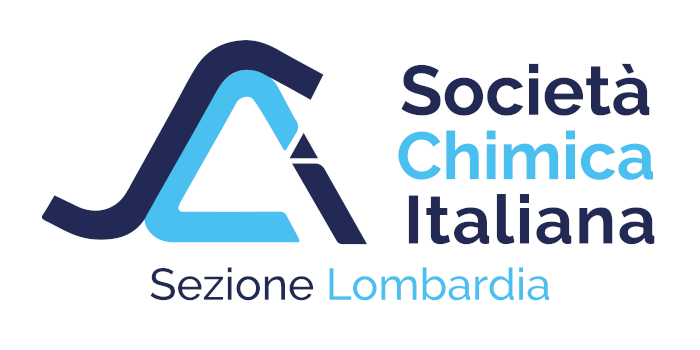SPECIAL SESSION #13
Green Nuclear Physics application in Cultural Heritage. Non-invasive and sustainable approaches in conservation and preservation
ORGANIZED BY
Cristina Cicero
Independent Heritage Scientist
Monia Vadrucci
Agenzia Spaziale Italy
ABSTRACT
In the recent years, the use of nuclear physics techniques in the conservation of cultural heritage has become widespread. This new field of application, known as "green nuclear physics", involves the application of non-destructive techniques mainly to study and analyse materials and manufacturing processes of works of art but also to treat cultural artefacts, with the aim of preserving their conservation and preventing eventual further damage.
The application of this type of technology responds to the demand for sustainability of interventions for the diagnosis and treatment of cultural heritage by possessing the ability to maintain the integrity of cultural artefacts in the present time without compromising the ability of future generations to do the same.
In this sense, the use of non-invasive and non-destructive diagnostic techniques, sustainable and reversible conservation treatments, the use of reversible and long-lasting materials in restoration treatments and, more generally, the development of preventive conservation protocols that minimize future interventions are now widespread. Sustainability has therefore become the primary requirement for any treatment, even in the field of cultural heritage.
This special session is therefore dedicated to comparing experiences of nuclear physics application both in the field of cultural heritage diagnostics and in that of their conservation and restoration with the aim of collecting sustainable approaches for the long-term conservation of the heritage.
TOPICS
This Special Session aims to promote the interplay between the researchers of the scientific community by presenting and discussing experiences and research contributions on the following topics:
- sustainable systems based on nuclear methods for diagnostic in cultural heritage;
- “green nuclear physics” treatments of cultural heritage;
- nuclear physics technologies applied to the study of cultural heritage;
- radiation by particle accelerators for imaging and material analysis;
- chemical composition analysis based on nuclear physics techniques;
- isotopic techniques for the study of cultural heritage;
- neutron activation analysis (NAA);
- prompt gamma activation analysis (PGAA);
- approaches for the sustainable conservation of cultural heritage.
ABOUT THE ORGANIZERS
Cristina Cicero is a book and archive restoration technician specializing in the conservation and diagnostics of cultural heritage. In recent years, she has been involved in developing protocols for the application of X-rays for the mass disinfection of books and documents with particular attention to the evaluation of the effects on collagen-based materials such as leather and parchment. She has recently concluded a fixed-term research contract at the University of Rome Tor Vergata during which she has mainly dealt with the development of new "green" materials and sustainable restoration treatments for application in the library and archive field.
She is author and co-author of about thirty publications in peer-reviewed international journals in collaboration with various research institutions, universities and cultural heritage conservation organizations.
Dr. Monia Vadrucci is an experimental researcher with a PhD in physics and a second level master's degree. She's specialized in the study and applications of nuclear physics and ionizing radiation. The different research fields range from the development of nuclear fusion energy, to particle accelerators for fundamental research, to space-related purposes in the field of human exploration and life sciences, up to materials science and technologies at the service of historical and cultural heritage, both for characterization and diagnostics and for care and conservation treatments.


